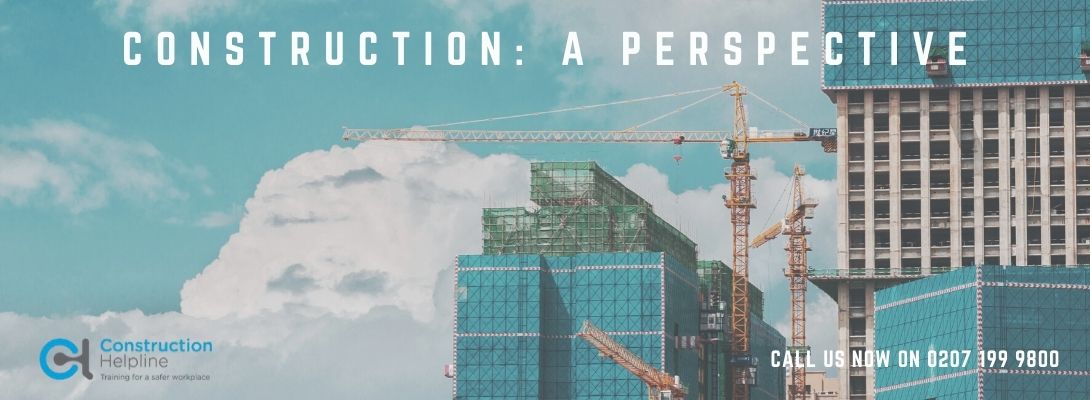The construction world that we now operate in is universally becoming automated, creating a competitive environment where only skilled professionals are in demand. However, there remains an abundance of construction work that can only be addressed by people who have completed specialized training for their unique trade. Now, modern construction has its hands stretched across many industries, for example, residential houses are now being built using sophisticated engineering, frame technology, and ready-made wall panels, factories are using robots to manufacture materials and machinery, and artificial intelligence systems are developing blueprints for a wide range of construction projects. As rapid innovation is flouring the construction world, there remains a handful of specialists that cannot be replaced, including carpenter, bricklayer, plumber, electrician, and machine installer.
Residential development
The building of houses and other large-scale construction projects will always be required by professional carpenters. This is mostly needed for the construction of scaffolding, roof redevelopment, form work of concrete structures, and the preparation of materials for future houses.
Therefore, a carpenter is a construction worker that works with the manipulation and design of wooden projects.The main task of a carpenter is to manufacture various volumetric structures according to specific technology, sketches, and plans. A clear representation of this type of work is the creation and assembly of log cabins for future homes or outbuildings.
The duties of a carpenter include:
- Installation of wooden poles for power transmission lines
- Longitudinal sawing of materials by hand or on a circular saw (making boards, bars, and timber)
- Formwork (pouring of the concrete)
- Roofing works (roof construction, roof strengthening, making the rafters, etc.)
- Replacement of log crowns and lower logs of the cabin
- Production of various glued laminated timber (Glulam), (railings, wooden staircases, windowsills, window frames, etc.)
- Development of complex wood structures (e.g., bridges or bridge spans)
- Restoration of architectural monuments
Carpentry is a very demanding job in which a lot of the time the person must work in difficult weather as well as constantly lift and drag heavy objects. A good carpenter must have a host of individual skills such as eye estimation, spatial thinking, physical strength, and endurance. In the professions work, a carpenter does not have many tools in his arsenal, just relying on the traditional hacksaw, axe, and hammer – sometimes an electric chainsaw and a circular saw can be added to the mix as well.
Although this work seems crude and primitive. In fact, even at an entry-level qualification, a carpenter must:
- Understand different types of wood.
- Know the methods of wood processing according to standard sizes.
- Have an ability to connect wooden parts, including glued structures.
- Follow the rules for storing building materials, including in the open air.
- Know how to properly handle building materials with antiseptics and various fire-fighting compounds.
- Be able to read blueprints and sketches, as well as the technology of manufacturing standard structures made of wood.
With the gradual increase in experience, the skill requirements of a carpenter are becoming increasingly important because of projects becoming more complex and hazardous. This is due to the fact that the industry is shifting into a more technologically centered world, where carpenters as well as other construction professionals are forced to develop their knowledge and undergo special training and receive an appropriate professional education. Construction Helpline offers industry leading training and education services that you can check out Here.
Even though a carpenter does not require any special education in the initial stages of their qualifications, the workload will rapidly increase, and additional education will become paramount in successfully advancing in the career ladder. In this case, an option for further education would include attending college, a technical school or construction certifications. Carpentry training also takes place in private schools or refresher courses. Although in this case, it is necessary to choose training centers where real practice and a mandatory qualifying exam take place. An alternative option is to master the profession of carpenter, by already having a related specialty and experience in working with wood (roofer, slinger, sawmill, etc.)


